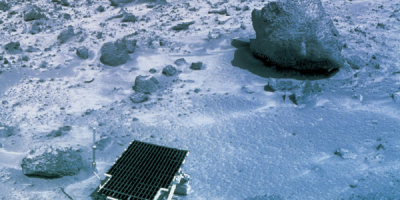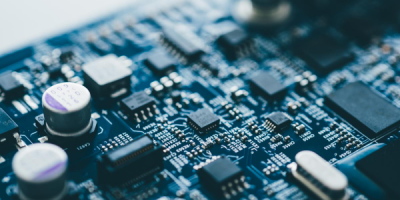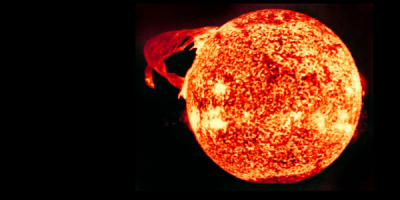Trusted Autonomy
Space enterprise lags behind terrestrial and aerial robot development, in both hardware and software. Space qualified hardware is expensive and explains the lag there but software development is constrained by the lack of high speed space processors and general community trust of autonomous operations.
The national space community recognizes the need for highly autonomous, on-orbit operational spacecraft capable of an increasing number of complex tasks, but at the same time asks, how can we be certain that the platforms & algorithms being utilized for space operations can be relied upon? How can we trust autonomy?

Next-Level Autonomy in Remote Environments
How might we achieve next-level autonomy in remote environments for servicing of modules or vehicles?

Improving Automatic Hazard Detection and Avoidance
How might we improve automatic hazard detection and avoidance to enable safer operations?

Enhancing Spacecraft Autonomy with Resilient Computing Solutions
How might we develop the future of hardware solutions for autonomous software in harsh environments?

Subproblem: Automatic Hazard Detection for Space Weather
How might we improve automatic hazard detection related specifically to space weather?


